Climate-friendly to Hesse by train
Wine, cheese and apples - it is well known that the Hessians are gourmets. You can experience special moments of pleasure on a culinary tour through the rural regions around the financial metropolis. Frankfurt. Dozens of old apple varieties and one extremely rare grape variety are grown here - and fabric for new kitchen classics is woven from traditional recipes. Three regions and their culinary experiences:
Germany's smallest wine-growing region is also its largest: Nowhere else is so much Red Riesling grown. Red Riesling was already cultivated in the Middle Ages, then the grape variety fell into oblivion for a long time - for some time now, the Hessische Bergstrasse has been doing its part to preserve the variety. The grapes now ripen on more than 15 hectares. This is still a small area, but the historic grape variety is on the rise again. However, the Bergstrasse can still call itself the world's largest cultivation area for red Riesling.
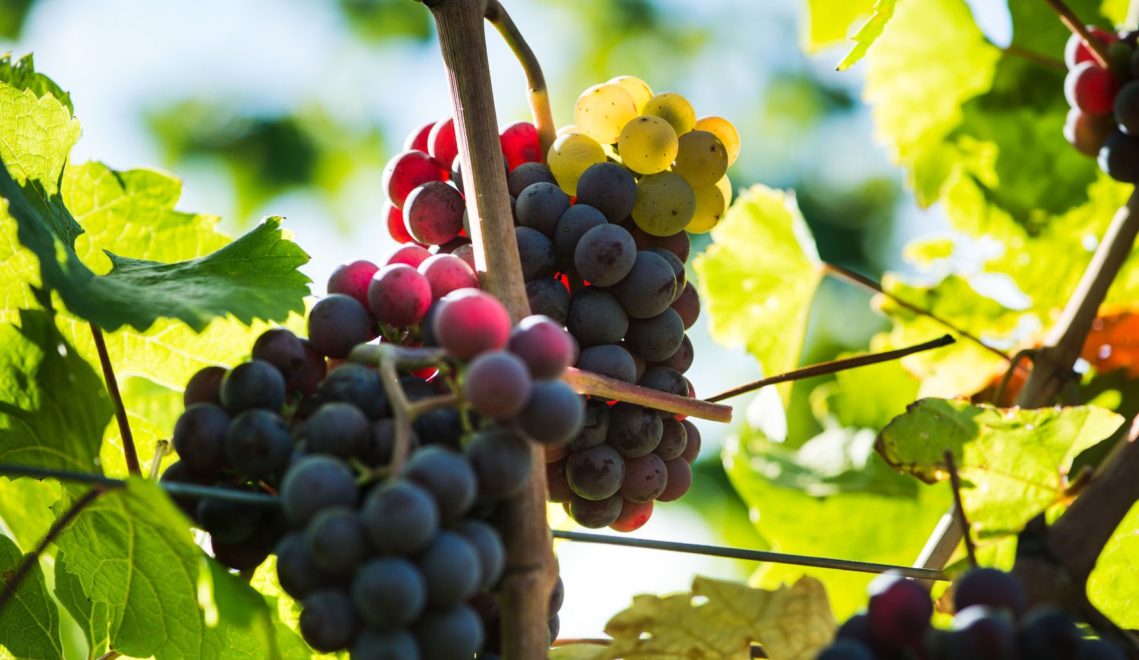
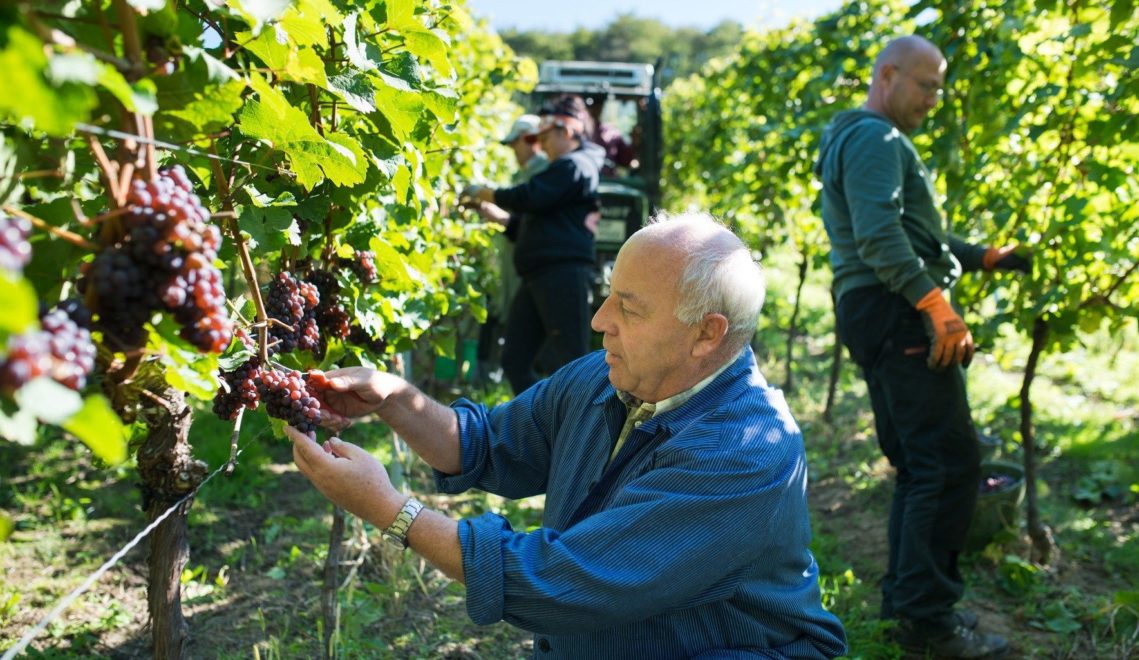
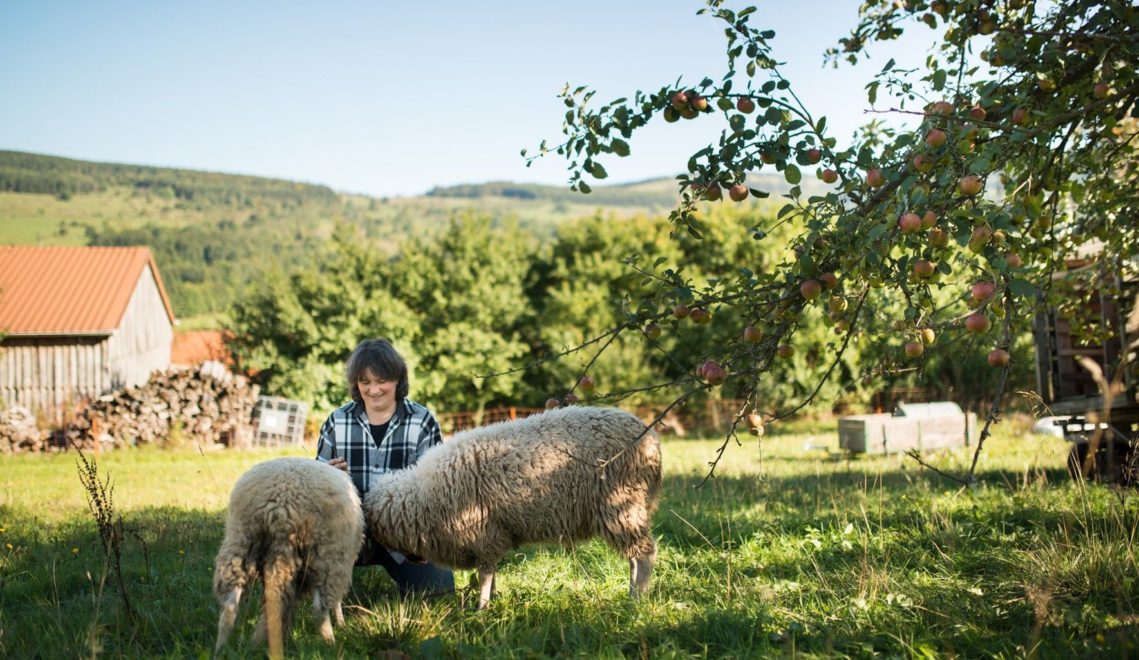
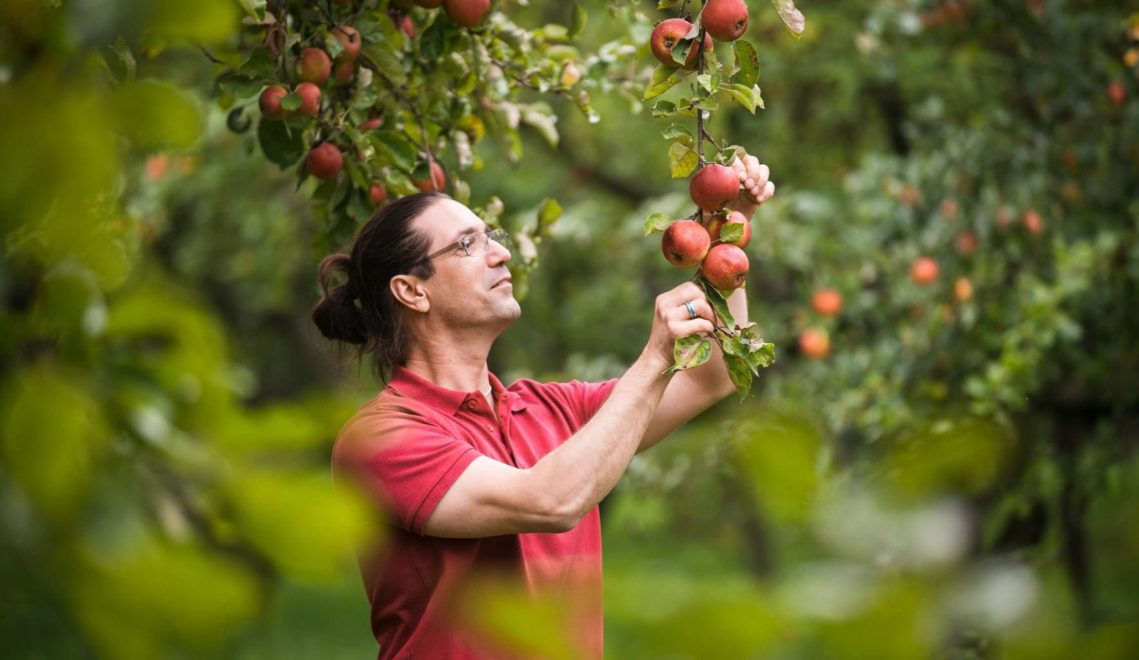
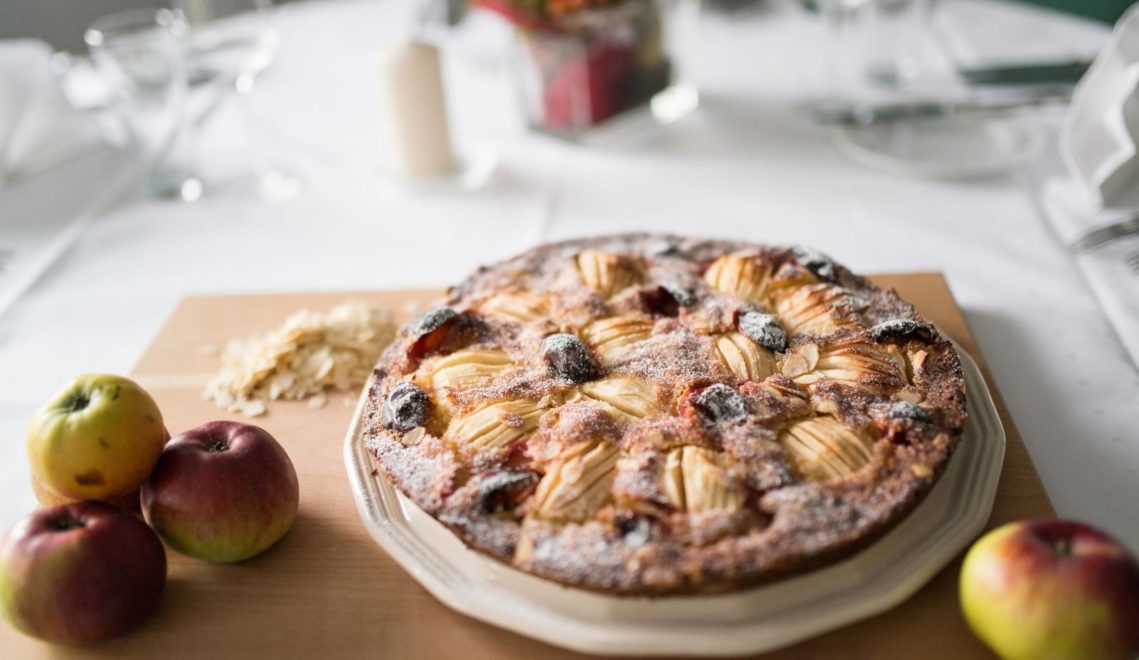
Red Riesling is a very special wine for several reasons. The most important should be revealed right away - it is white wine, only the skin of the grapes has a reddish color. The varietal characteristics are very similar to white Riesling. However, when it comes to cultivation, the red offers some tangible advantages: Thanks to the red color bases, the grapes defy heat better than the white ones. Not an unimportant argument in one of the warmest regions of Germany. You can find out more about wine culture in the region on the seven-kilometer "Wine and Stone" adventure trail in Heppenheim: 70 stations explain interesting facts about the interplay of nature, geological history, culture and regional identity. And at the end of the trail, you can take a detour to the Viniversum - in the multimedia vinotheque, you can taste the wines of the Bergsträßer Winzergenossenschaft, stock up on specialist literature or take part in a cellar tour.
Here in the video, winemaker Hanno Rothweil tells us what makes the Roter Riesling so special:
The apple diversity of the Odenwald is considered a regional cultural asset - several hundred varieties thrive here in meadow orchards, including some that have long since fallen into oblivion elsewhere. To prevent this from happening in the Odenwald, fruit growers and conservationists, private individuals, farmers and restaurateurs are all pulling together. With their commitment and good ideas, they are preserving exotic-sounding apple varieties such as Zuccalmaglios Renette, Goldparmäne or Karmijn de Sonnaville - and with apple diversity, also the region's biodiversity. Orchard meadows, which are not called that because the apples are scattered around, but because the trees are scattered around, are not a product of chance. They have to be cared for; even too much grass reduces the diversity of species. Around 250 volunteer orchardists now take care of the preservation of the orchards. The meadow orchards are particularly important for species richness - and you can see and hear that here. There is a buzz in the air, bees and bumblebees hover from blossom to blossom. The fruits are not harvested until they are truly ripe; that is only when they are shaken loose from the tree. Most of the apples here would probably not make it to the supermarket, many specimens are too small and too wizened. But as is so often the case, the same applies here: Don't be fooled by appearances. One bite into such an apple is a real taste revelation: they taste wonderfully sweet and mildly sour at the same time. They are used to make fruit brandies and ciders, juices and sparkling wines. But they also play an important role in regional cuisine. The restaurants of the "Odenwald-Gasthaus" cooperation in particular rely on the high quality of the local pome fruit: it is used, for example, in apple sauerkraut and apple and onion vinaigrette.
Everything from apple - here in the video, distiller Johannes Gehrig tells us more about the apple tradition in the Odenwald:
Whoever wants to explore the region around Frankfurt also gets to know a very special culinary world: There is plenty of hearty food, but all kinds of sweets are also served. And there is one culinary trio that you will not be able to avoid: green sauce, handkäs with music and apple wine are typical Hessian specialties that you should definitely try. The Green Sauce consists of borage and chervil, cress and parsley, pimpinelle, sorrel and chives. Sometimes the seven herbs are finely chopped, other cooks prefer to leave them coarser, but the ingredients are always the same. The sauce is served with beef or with jacket potatoes and eggs.
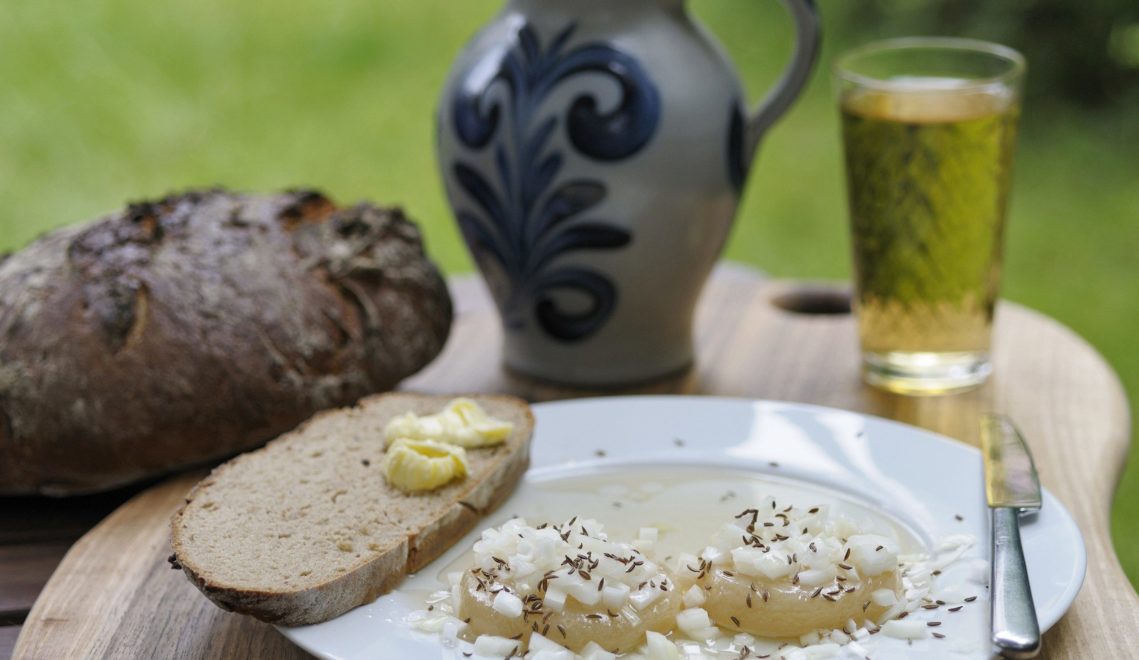
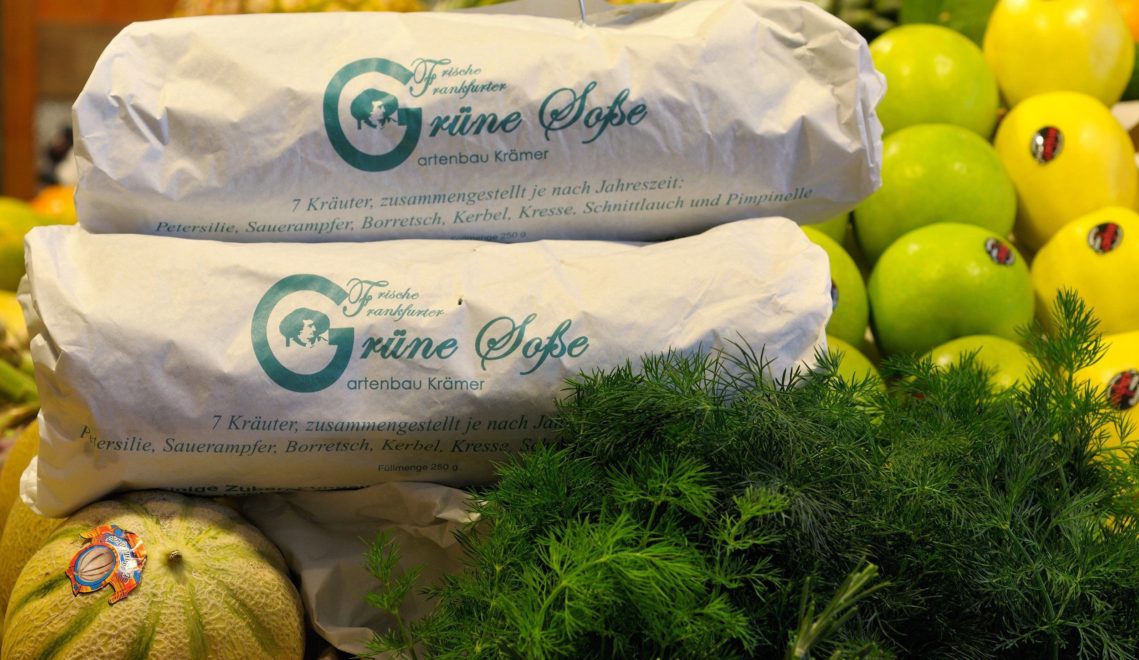
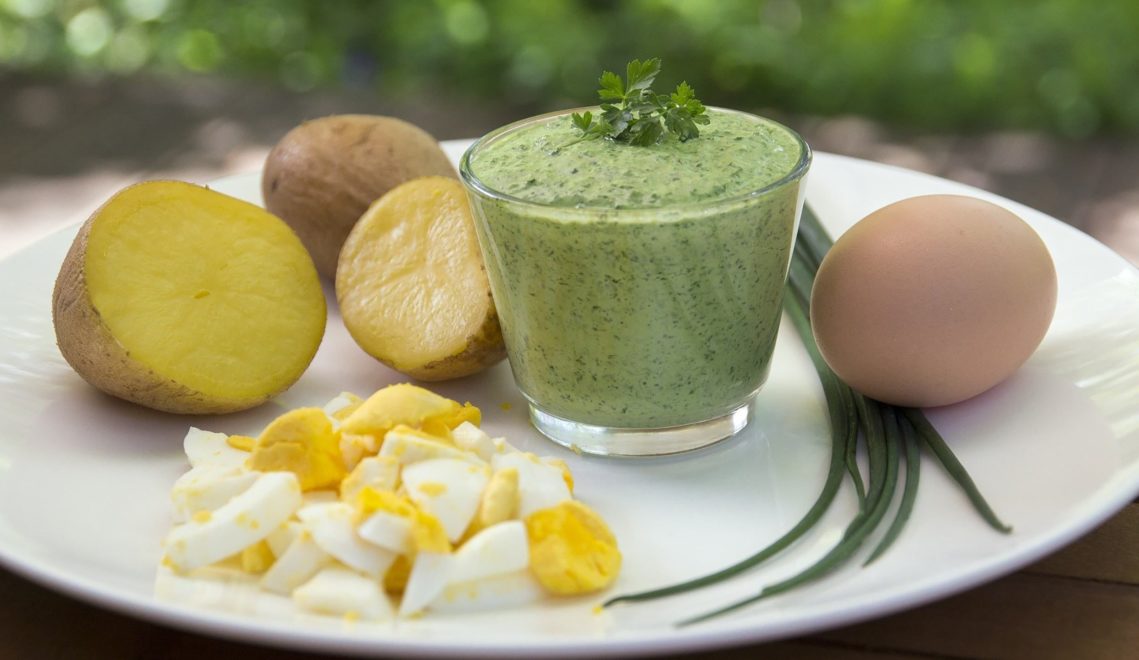
The second culinary classic of the region is the Handkäs with music. Originally formed by hand, the Handkäs is still about the size of a palm. A real Handkäs is always accompanied by plenty of music, consisting of onions, vinegar-oil marinade and caraway seeds. Today, by the way, the classic is also available in trendy variations - for example as Handkäs carpaccio. In a way, the number three in the group of culinary delights acts as a joker: apple cider. Because it goes wonderfully with the first two. The wine is made from apples that ripen in the regional park. The Regionalpark is a green belt around Frankfurt and consists of cultural landscapes and forests, gardens and parks - and monuments of industrial culture such as the Messel pit. Spectacular fossil finds have been made in the disused open-cast oil shale mine - and in 1995 the industrial wasteland became the first German site ever to be designated a UNESCO World Natural Heritage Site.
In the video, chef Annette Kreiling tells us why the Frankfurt Green Sauce is so special - and also gives a few tips for the Frankfurt trip:
In the Rheingau, wine, pleasure and culture are often directly linked. Thus, viticulture has a long tradition in the monasteries of the region. Top wines have always been produced in the Rheingau, and the red wines in particular enjoy a high reputation. Yet winemaking in the Rheingau is no easy undertaking: On the steep slopes, the grapes often have to be picked by hand. Yet tradition and innovation go hand in hand here, with young winemakers leading their family wineries into the future with new ideas. And a very special story also plays out here in the Rheingau: Because a messenger on horseback delivered the prince abbot's permission to harvest far too late, the grapes had already begun to rot. They were harvested and pressed anyway, and the wine tasted excellent - the Spätlese was invented.

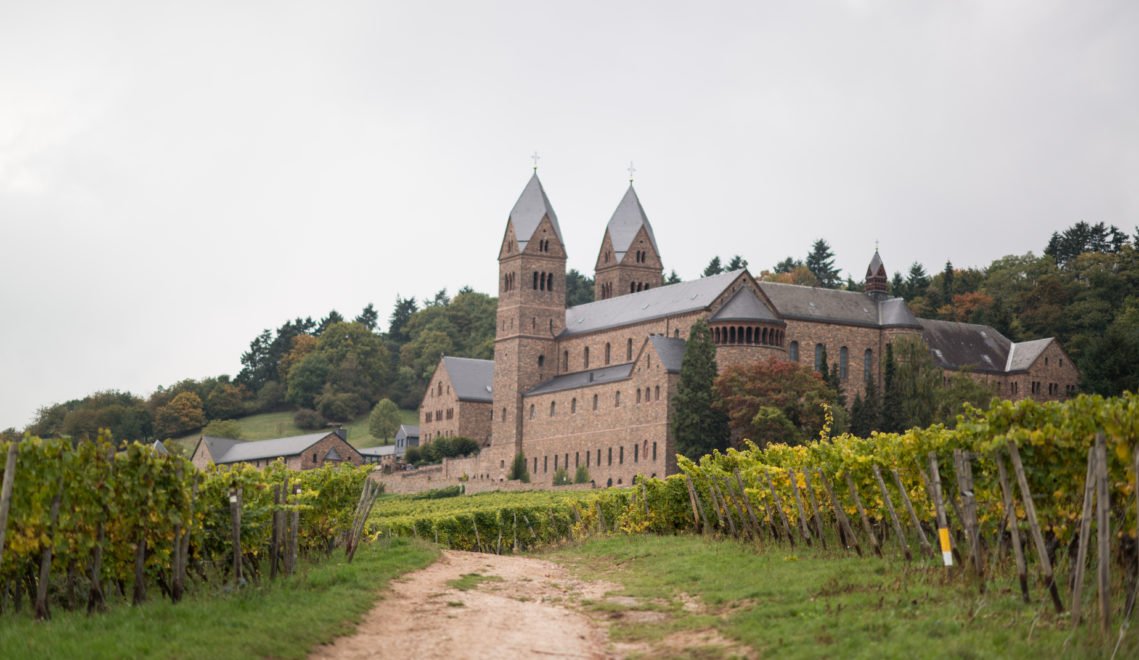
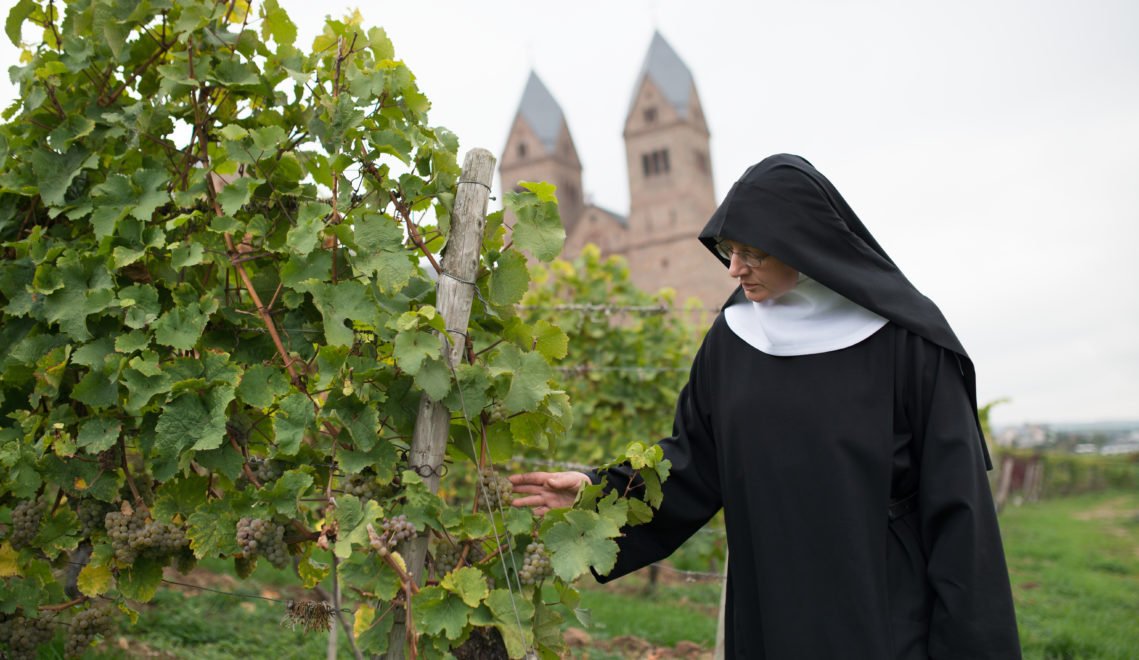
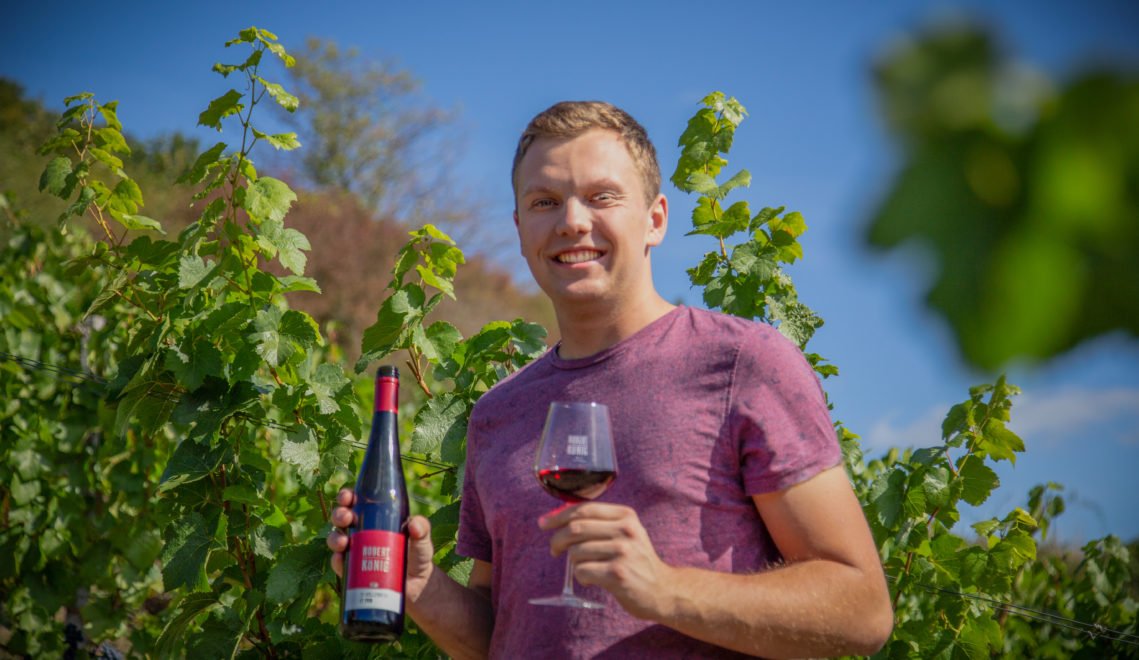
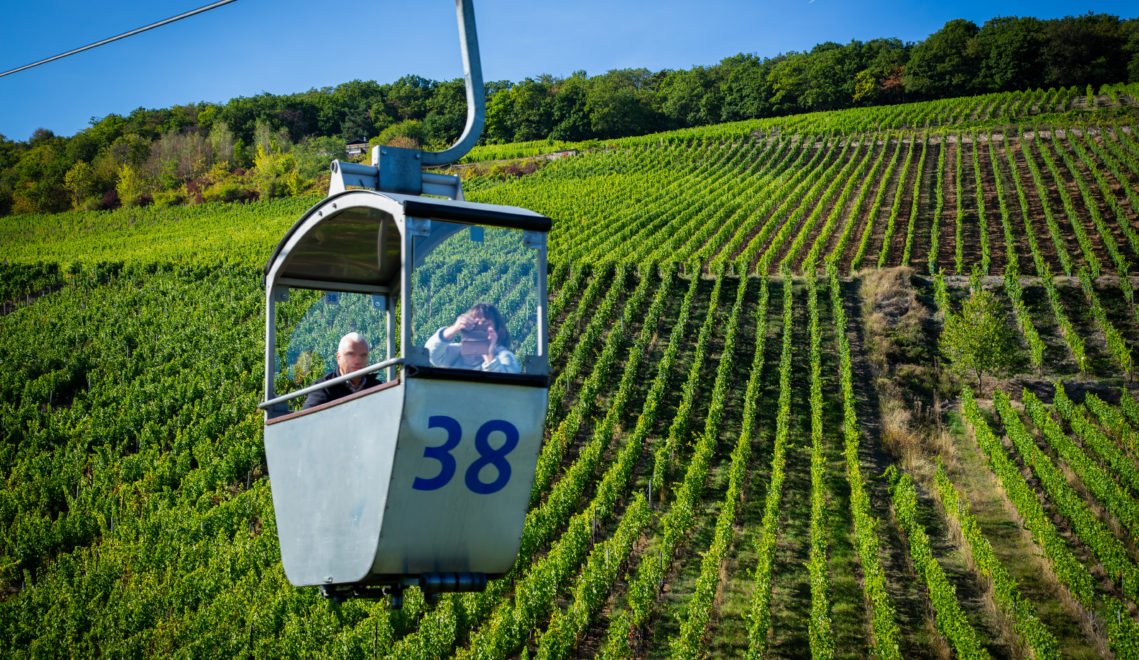
You can experience the fabulously good wines and the cultural highlights of the Rheingau, for example, by hiking on the Rheinsteig. The long-distance hiking trail leads past many monasteries and sights, and there are always wonderful views of the Rhine. Thus, cultural and nature enjoyment in the Rheingau go well together.
In the video, hiking guide Wolfgang Blum talks about what he likes so much about the Rheingau as a hiking region:
Cover photo: In southern Hesse, cultural experiences and culinary delights lie close together © Herbst Woodworks